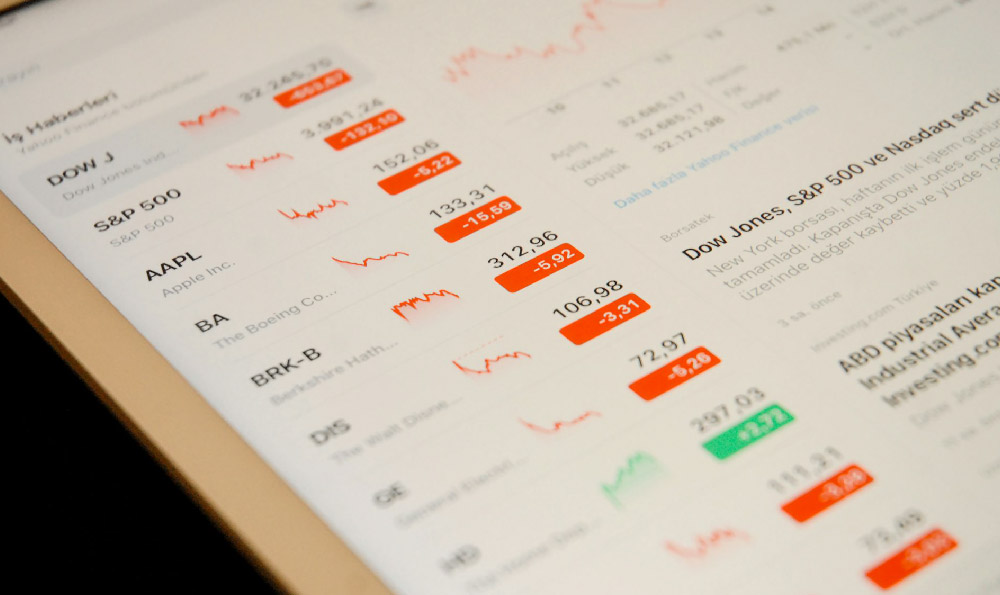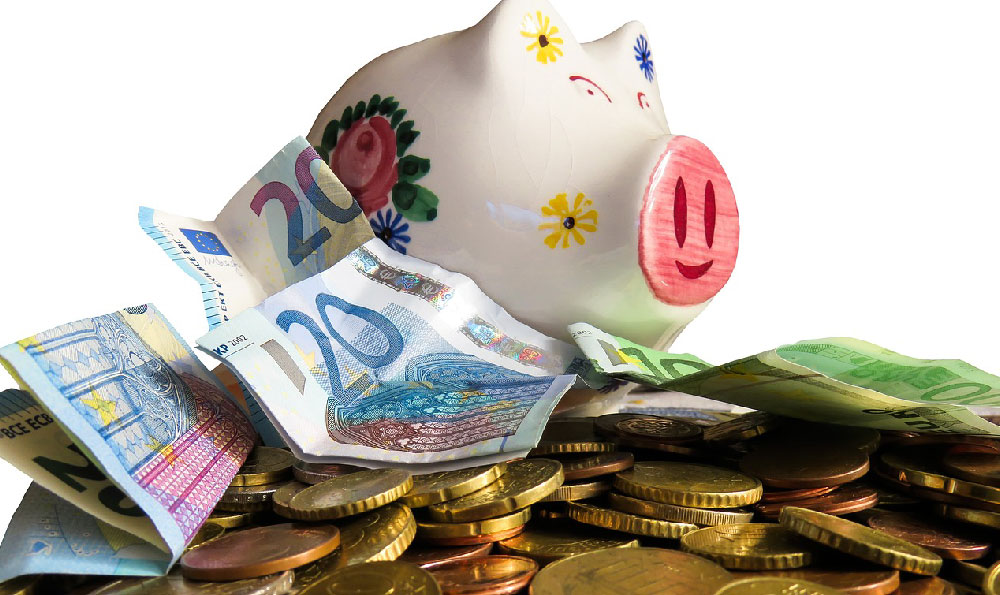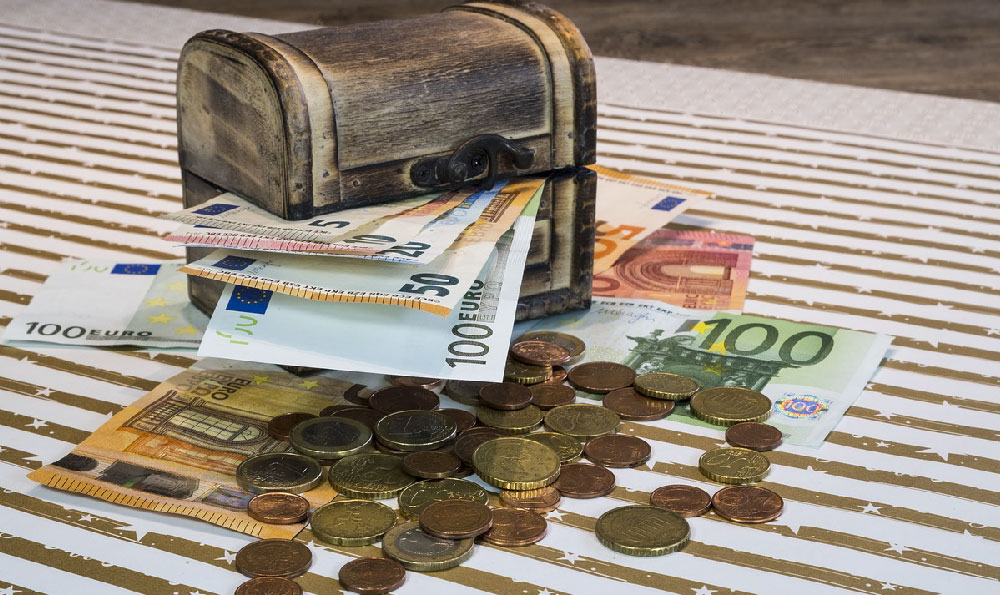Is Selling Art Profitable? How Can I Make Money Selling My Art?

The allure of transforming passion into profit draws many artists to consider selling their creations. The question, "Is selling art profitable?" is not a simple yes or no. The profitability of selling art is multifaceted, depending on a confluence of factors including the artist's skill, the market demand for their style, their marketing acumen, and their business savvy. While some artists achieve considerable financial success, others find it a challenging endeavor, often supplementing their art income with other sources of revenue.
The profitability equation begins with the quality and uniqueness of the artwork. Exceptional skill and a distinctive style are crucial for standing out in a crowded market. Art collectors and enthusiasts are often drawn to pieces that resonate with them on a personal level, whether it's through technical brilliance, emotional depth, or innovative concept. The more polished and compelling the artwork, the higher the potential value it holds. However, inherent artistic merit alone doesn’t guarantee sales.
Market demand plays a pivotal role in determining profitability. Understanding the current trends in the art world is essential. Are abstract paintings currently in vogue? Is there a growing interest in digital art? Is there a local or regional market interested in art with a specific cultural or thematic focus? Researching these trends can help artists tailor their creations to meet existing demand. Identifying a niche market, a specialized segment of art buyers with specific interests, can significantly increase the chances of sales. For example, an artist specializing in pet portraits might find a ready and enthusiastic market.

Beyond creating compelling artwork and understanding market demand, effective marketing is indispensable. The art world is often perceived as an exclusive arena, but nowadays, artists have many more tools to reach potential buyers. The internet has democratized the art market, allowing artists to bypass traditional galleries and connect directly with collectors. Social media platforms like Instagram, Facebook, and Pinterest serve as powerful marketing tools. Artists can use these platforms to showcase their work, build a following, and engage with potential customers. High-quality photographs and videos are essential for presenting artwork in its best light online.
Creating a professional online presence is paramount. Artists should consider building their own website or using online marketplaces like Etsy, Saatchi Art, or Artfinder. These platforms provide a structured environment for showcasing and selling artwork, often handling payment processing and shipping logistics. A well-designed website or online shop should feature clear images, detailed descriptions, and transparent pricing information. Engaging with customers through email newsletters or blog posts can help build relationships and drive sales.
Traditional art galleries still hold a certain prestige and can provide valuable exposure to a wider audience. Securing representation at a reputable gallery can be challenging, but it can also lead to significant sales and career advancement. Galleries typically take a commission on sales, often ranging from 30% to 50%, but they also handle the marketing, sales, and exhibition aspects of the art business, freeing up the artist to focus on creation. Building relationships with gallery owners and curators is crucial for securing representation. Attending art openings and networking with other artists can help open doors.
Pricing artwork appropriately is a delicate balancing act. Pricing too low can undervalue the artist's work and discourage potential buyers, while pricing too high can deter sales. A good starting point is to research the prices of similar artwork by artists with comparable skill and experience. Factors such as the size, medium, and complexity of the piece should also be taken into account. Materials costs should be factored into the pricing. As an artist gains experience and recognition, they can gradually increase their prices.
Diversifying income streams can help artists weather periods of low sales. Offering prints, merchandise, or commissions can provide a steady stream of revenue. Teaching art classes or workshops can also be a lucrative option, particularly for artists with specialized skills. Participating in art fairs and festivals can provide opportunities to sell artwork directly to the public and build a following. Grant applications, residencies, and public art projects can also provide funding and exposure.
Financial discipline is crucial for long-term success. Artists should keep meticulous records of their income and expenses, and they should set aside money for taxes. Investing in professional development, such as art classes or marketing workshops, can help improve skills and increase earning potential. Building a strong financial foundation can provide the security and freedom to pursue artistic passions without financial constraints.
Ultimately, the key to making money selling art lies in a combination of artistic talent, marketing savvy, and business acumen. There are no guarantees of overnight success. Building a successful art career requires patience, persistence, and a willingness to learn and adapt. Artists need to be passionate about their work, committed to their craft, and proactive in promoting their art to the world. With dedication and hard work, turning artistic passion into a sustainable and profitable venture is achievable. It's a marathon, not a sprint, and each piece of art sold represents a step forward on the journey to financial independence and artistic fulfillment.














